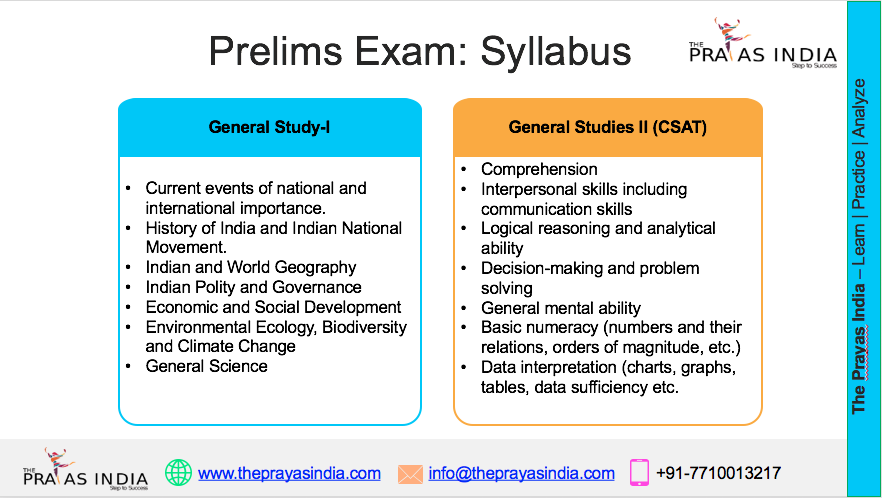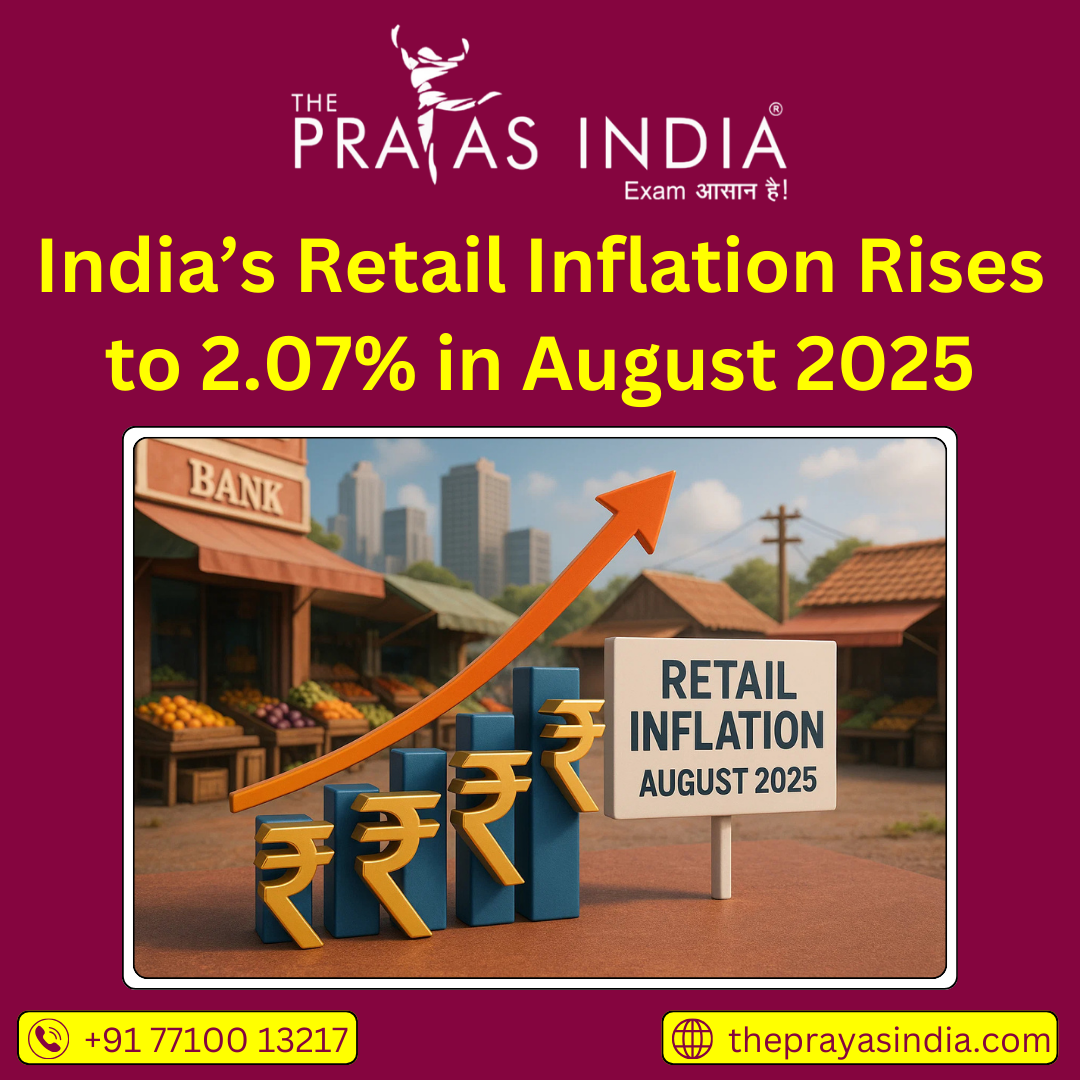The Middle-East region has always been a region of great interest for India. This region not only satisfies most of the oil needs of India, but also has a greater proportion of Indian diaspora. Apart from these, this region is also of a great strategic importance for India. For instance, the Chabahar port in Iran acts as a gateway to the Central Asian countries bypassing Pakistan. This port also gives India a strategic advantage in the Persian Gulf region through which almost 80% of the global oil trade happens. In the light of this, India has been able to carve out a Comprehensive Economic Partnership Agreement (CEPA) with UAE which is a step in right direction when it comes to increasing India’s reach to the Middle East.
INDIA-UAE CEPA
Features of India-UAE CEPA:
- The India-UAE CEPA marks the first trade agreement India has made with a major trading partner in over a decade.
- It aims to boost the bilateral trade from $60 billion to $100 billion in 5 years.
- The time required to negotiate the India-UAE CEPA was one of the shortest. It took less than three months to carve out this deal.
- Almost 80% of India’s exports to UAE will become duty-free. The exports include goods, services and digital trade.
- The agreement is expected to create almost 10 lakh job opportunities in India.
Why does India need such FTA’s?
Post the 1991 economic reforms, India opened up its market for the global players. Likewise, India’s reach to the global markets also enhanced. However, this reach to the global markets could not give the expected results. The reason for this was our lack of integration with the Global Supply Chains.
Agreements such as the India-UAE CEPA provide India with a gateway to integrate itself with the global market and be a part of the supply chains. The advantages having our economy integrated with the Global Supply Chains is as follows;
- It enables India to have an Export-led growth model. Such an export-led growth model enables the nation to cut down on its deficits.
- These are the source of attracting Foreign Direct Investment (FDI) in the country. This FDI triggers the much-needed investment in the economy, and as highlighted in the Economic Survey, 2018-19, it puts the economy under a virtuous cycle of development driven by investment.
- It also improves employment opportunities in the economy. These increased opportunities of employment not only improve domestic savings but also enables the country to reap the potential of its demographic dividend.
- These also enable our economy to give a practical shape to domestic initiatives such as the Make in India and Assemble in India.
What problems does India face on FTA’s?
India’s history with signing of FTA’s hasn’t really been a great one. Following are some of the issues that India has with its FTA partners;
- Widening of Trade Deficit: Although FTA’s increase the volume of trade, the imports into India have been much more than its exports to the FTA partners. For instance, India’s trade deficit with ASEAN nations has widened after signing the FTA’s.
- Under-utilized FTA’s: It is also noticed that we have not been able to optimally utilize out FTA’s. As highlighted by the Surjit Bhalla Committee, we have only been utilizing 5% of our export potential.
- Inverted-duty structure: Under the FTA regime, the import duty of raw materials has become much costlier than the import duty of finished products. This has harmed the local manufacturing industries as their products are uncompetitive as compared with the cheaper products from their foreign counterparts.
What is the Way Forward for India?
In order to optimally leverage the potential offered by the FTA’s, it is imperative that we follow the recommendations of the Surjit Bhalla Committee. Some of the recommendations are;
- Imposition of Anti-Dumping Duty to protect the domestic market from the import of cheap foreign goods.
- India needs to improve its Ease of Doing Business Index by reducing the logistics cost.
Apart from these, India needs to focus on its Special Economic Zones (SEZ’s). As highlighted by the Baba Kalyani Committee, the SEZ’s in India should be renamed as 3E’s Employment and Economic Enclaves. The key focus of these SEZ’s should not only be of increasing exports but to also create adequate employment opportunities. This would ensure that they truly act as engines of economic growth.
Stages of Trade Integration:
Trade integration refers to the free movement of goods, services and people across the countries. The levels/stages of trade integration can be as follows;
- Preferential Trade Agreement (PTA): This is a basic and the very first level of trade integration. In this stage, countries decide to reduce the customs duty on commonly agreed goods. The list of goods on which the countries decide to reduce the custom duty is maintained as part of a Positive list. E.g., India-Afghanistan PTA, India-Mercosur PTA, India-Chile PTA.
- Free Trade Agreement (FTA): This is the second level of trade integration wherein the countries decide to reduce or eliminate the customs duty on commonly agreed goods and services. The list of goods and services where the countries on which the countries have not reduced the customs duty are maintained as part of a Negative list. E.g., India-Sri Lanka FTA, India-ASEAN FTA etc.
- Comprehensive Economic Cooperation Agreement (CECA) / Comprehensive Economic Partnership Agreement (CEPA): This is the third level of trade integration wherein the countries eliminate or reduce custom duties on most of the goods and services and also reduce restrictions on investment and IPR. E.g., India-Japan CEPA, India-South Korea CEPA. This is much broader than the FTA.
- Customs Union (CU): This is the next level of trade integration wherein the countries forming a trade union decide to have trade at zero duty amongst themselves. However, these nations maintain a common customs duty against the rest of the world. E.g., South Africa Customs Union.
- Common Market (CM): This is a modified version of Customs Union. Here all the facilities of Customs Union are available. Along-with this, in a Common Market there is a free movement of people and capital among the member countries.
- Economic Union (EU): This is the final stage of trade integration. An EU is a Common Market having harmonized monetary and fiscal policies. Also, in an EU the executive, legislature and judicial institutions are shared amongst the member nations. E.g., The European Union.
Below is a diagram which shows the Stages of Trade Integration:





![Prayas-तेजस [UPSC CSE Sociology Optional] – Online & Offline](https://theprayasindia.com/wp-content/uploads/2025/09/Prayas-तेजस-UPSC-CSE-Optional-Subject-The-Prayas-India-300x300.png)
![Prayas-सूत्र [UPSC CSE Materials (Hardcopy)]](https://theprayasindia.com/wp-content/uploads/2025/09/Prayas-सूत्र-UPSC-CSE-Study-Materials-Hardcopy-The-Prayas-India-300x300.png)
![Prayas-मंत्रा [UPSC CSE CSAT]](https://theprayasindia.com/wp-content/uploads/2025/09/Prayas-मंत्रा-UPSC-CSE-CSAT-The-Prayas-India-300x300.png)
![Prayas सारथी [UPSC CSE One on One Mentorship]](https://theprayasindia.com/wp-content/uploads/2025/09/Prayas-सारथी-UPSC-CSE-One-on-One-Mentorship-The-Prayas-India-300x300.png)










